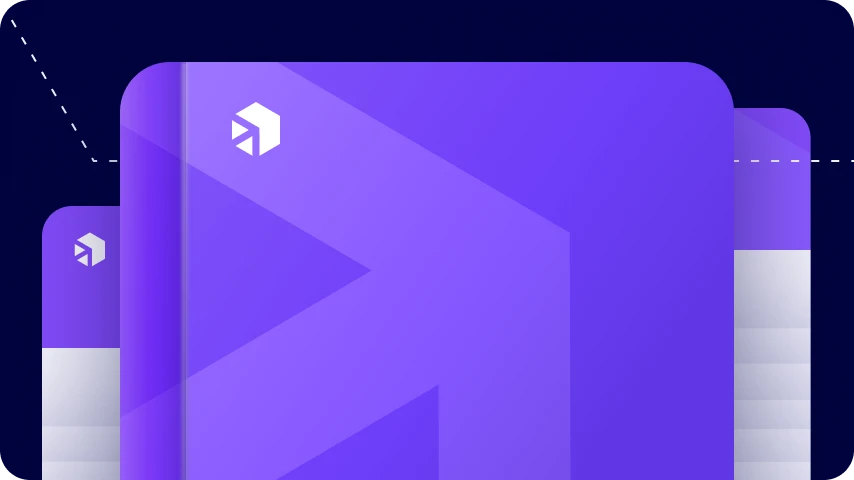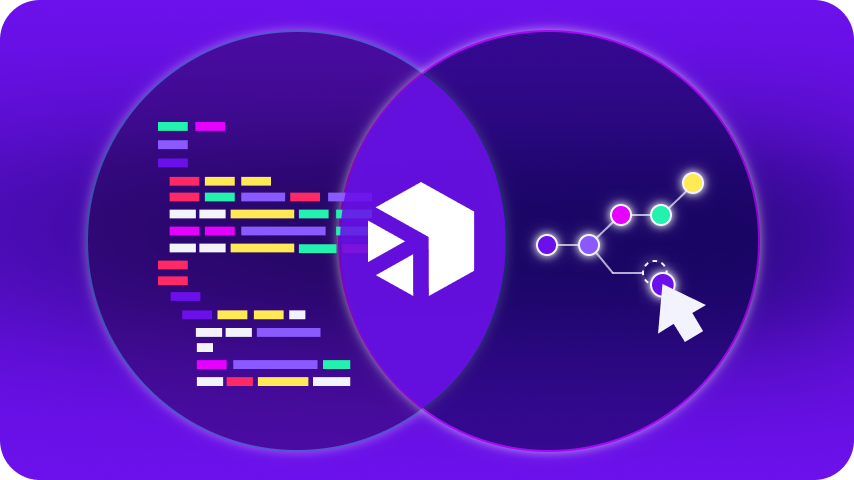November 7, 2022
The technological solutions of the past were built with the idea that they should last a lifetime. Investments in a new system or technological architecture were expected to offer returns for years to come.
But the world changes – and quickly. The idea of having a near-permanent and definitive technology is a pipe dream. Companies that bought into that idea are now dependent on monolithic, complex and coupled architectures where simply changing one piece can bring the whole system crashing down. Legacy system modernization is quickly becoming a top priority for many organizations.
Moving data and information through and between these siloed systems is challenging and time-consuming. Businesses that rely on these aging solutions are suddenly at a sharp disadvantage compared to competitors with more flexible infrastructure. They are victims of technological lock-in.
What is Technological Lock-In?
There are several driving factors behind technological lock-in.
- The inability to follow and assimilate technological developments
- Dependence on solutions that can’t communicate with other platforms
- A fear of new solutions and the forms of imprisonment they may bring
The unwillingness – or inability – to embrace new technologies can directly and negatively impact an organization’s ability to compete in a changing marketplace. Victims of technological lock-in find themselves forced to choose between legacy system modernization approaches and rapidly spiraling technological debt as they struggle to keep pace with more agile competitors.
But is technological or vendor lock-in avoidable?
Some companies looking to avoid the perils of technological lock-in are resisting the idea of committing to any one cloud provider. But to build out a fully cloud-agnostic solution, they end up dependent on a series of solutions that ultimately cause internal lock-in and increase costs astronomically.
A future move to a different solution would mean rewriting features dependent on current cloud selections – but not choosing a solution could mean overhauling those capabilities immediately. Companies are forced to choose between immediate vendor lock-in or the potential of additional work, delays and security risks.
Freedom from the Lock-In Mindset
The rise of more flexible architectures and microservices highlights a change in the mindset of companies – and this paradigm shift can free enterprises from the limitations of technological lock-in.
The secret is not to choose between business-critical (but outdated) systems and shiny new solutions, but to embrace legacy system modernization using flexible architecture solutions that don’t require the destruction of older solutions. The ability to deploy new applications alongside legacy systems means lock-in is no longer an issue, and companies can extend and leverage investments already made in legacy systems. The only choice decision-makers are faced with is which tool provides the best value.
For this approach to succeed, your technological architecture must have the ability to guarantee that core data, vital to your daily operations, is transported without barrier or damage to its integrity between different environments. And in this scenario, choosing a specialized platform built specifically for this purpose will be cheaper and faster than committing resources to develop internal solutions.
Companies must leave behind the fear of falling into technological lock-in and prioritize the use of the best available solutions that will meet their needs at that moment. Building a platform that cannot communicate with other services hurts businesses’ ability to compete and leads to loss of market share.
iPaaS to Modernize Legacy Systems
The process of integrating business-critical legacy systems with new technological solutions is not without challenges and risk. Choosing and implementing an integration solution can:
- Involve a significant upfront investment
- Strain already overworked IT teams
- Disrupt regular business operations
- Increase the risk of data loss
- Add months or years to digital transformation plans
Many integration solutions require huge investments in time and resources to succeed – both during implementation and ongoing use and maintenance. And 98% of enterprises report needing to rebuild key integrations in the past year.
An enterprise integration platform-as-a-service (or iPaaS), however, can help minimize risk, costs, and implementation time. Because connections can be built on top of old architecture without replacing legacy connections until testing is complete, an iPaaS can dramatically shorten integration project timelines and reduce the risk associated with legacy system modernization.
Discover the Digibee Difference
Forrester Research reports that Digibee’s iPaaS helps enterprises increase developer efficiency, limit costs and accelerate time to market, offering a 232% return on investment and a payback period of under six months. Let us make your legacy systems migration efforts easy, pain-free, and faster than other integration solutions.
To learn more about what Digibee can do for you, download the Forrester Total Economic Impact Report or request a demo of our solution.













